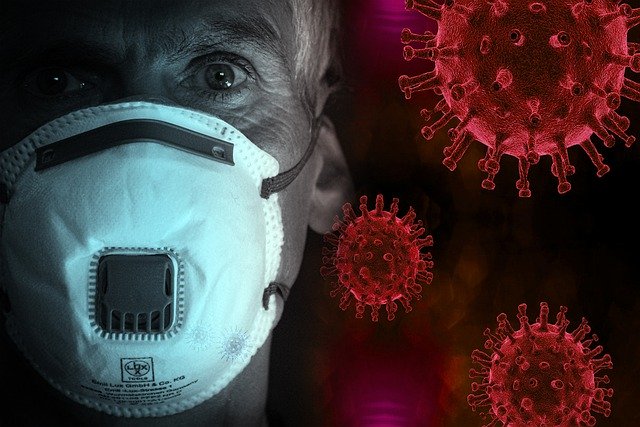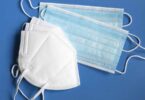Researchers show that antibodies that can neutralize the virus that causes SARS can reduce how well the new coronavirus infects cells in laboratory studies. They also use an approved drug to reduce the entry of viruses into cells.
With global cases of COVID-19 exceeding 100,000, researchers are looking for ways to prevent new viral infections.
The new coronavirus, called SARS-CoV-2, has strong similarities to other viruses in the coronavirus family, particularly those that cause SARS and MERS.
Two new articles recently appeared in the journal Cell, investigating how SARS-CoV-2 infects cells.
So how exactly does the virus get into the cells and why is it important to know this?
Understanding the target molecules that facilitate viral entry into cells is paramount in identifying how to stop this process.
Both documents report that SARS-CoV-2 uses the same viral input mechanism that uses THE SARS virus (SARS-CoV).
More importantly, both research teams looked for ways to stop this process, using an enzyme inhibitor and antibodies to the SARS virus.
They found that antibodies to the SARS-CoV S protein reduced how well a laboratory model virus with the SARS-CoV-2 S protein could infect cells. They also saw similar results with S-protein antibodies produced in rabbits.
“Although confirmation with infectious viruses is pending, our results indicate that responses to neutralizing antibodies against SARS-S may offer some protection against SARS-CoV-2 infection, which may have implications for outbreak control,” the computer writes to the document.
However, his colleagues are not the only ones studying the potential of using SARS antibodies as a vaccine for SARS-CoV-2.
David Veesler, assistant professor of biochemistry at the University of Washington in Seattle, provides more evidence that the virus enters target cells through ACE2 in a paper published in Cell.
Together with his colleagues, he also studied antibodies against SARS Protein S fragments to identify possible vaccines.
The team demonstrated that antibody serum from four different mice could reduce infection with a laboratory model virus containing SARS-CoV-2 S by 90%.
But before a much-needed vaccine against SARS-CoV-2 becomes available, more testing is required.
Clinical trials to demonstrate safety and efficacy will form the basis for the development of these vaccine candidates in safe to use products.
In Europe, the European Medicines Agency announced last month that it was taking “concrete steps to accelerate the development and availability of medicines for the treatment and prevention of the new coronavirus”.
Meanwhile, in the United States, the Department of Health and Human Services is working with Janssen Research and Development, part of the pharmaceutical company Johnson & Johnson, to develop a vaccine against SARS-CoV-2. A clinical trial, sponsored by the National Institute of Allergy and Infectious Diseases, is also underway using a new type of RNA-based vaccine.








